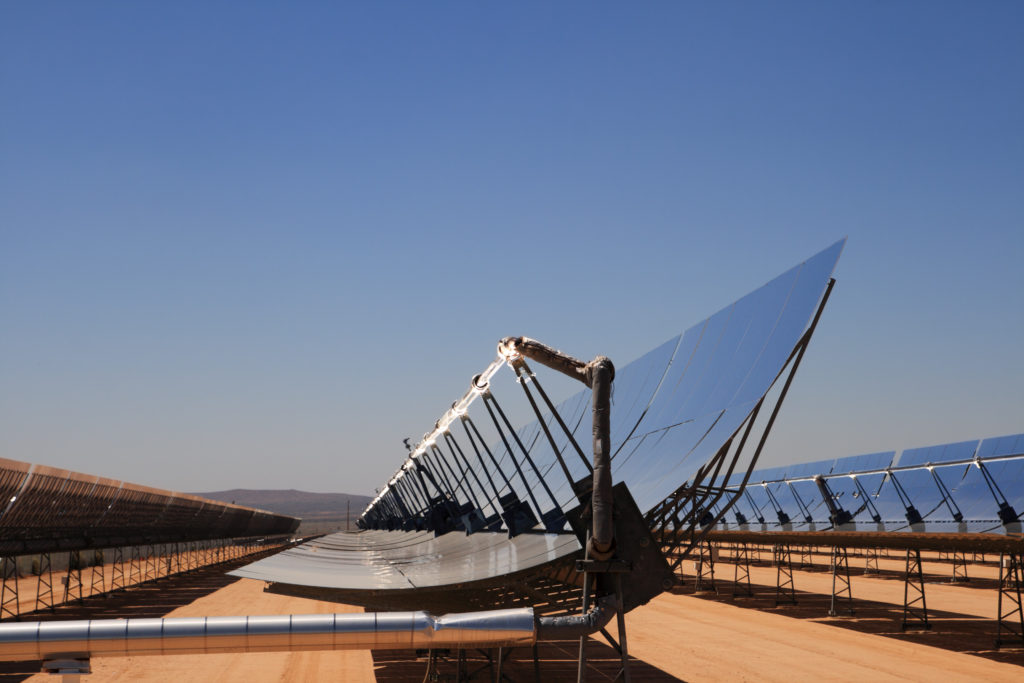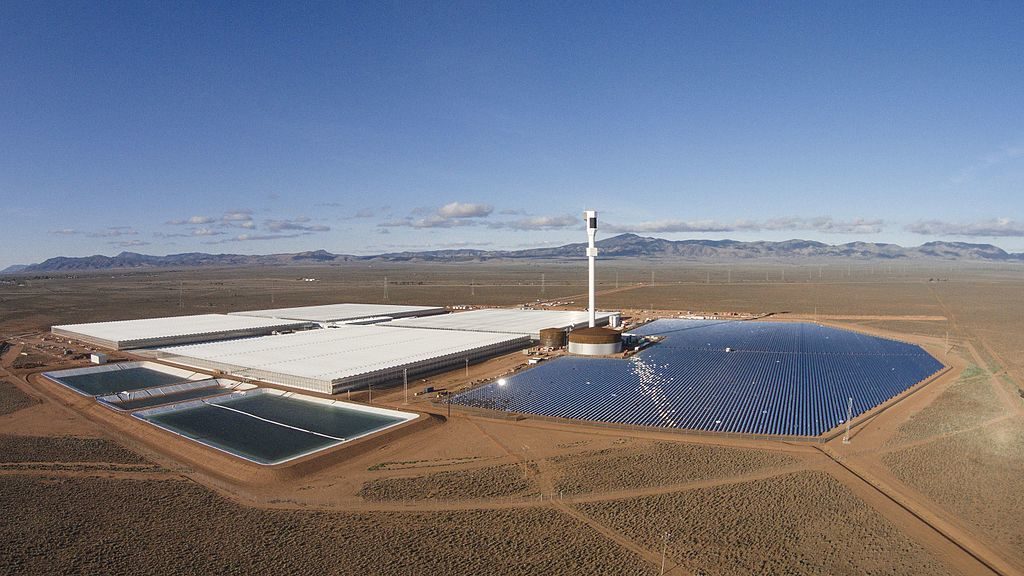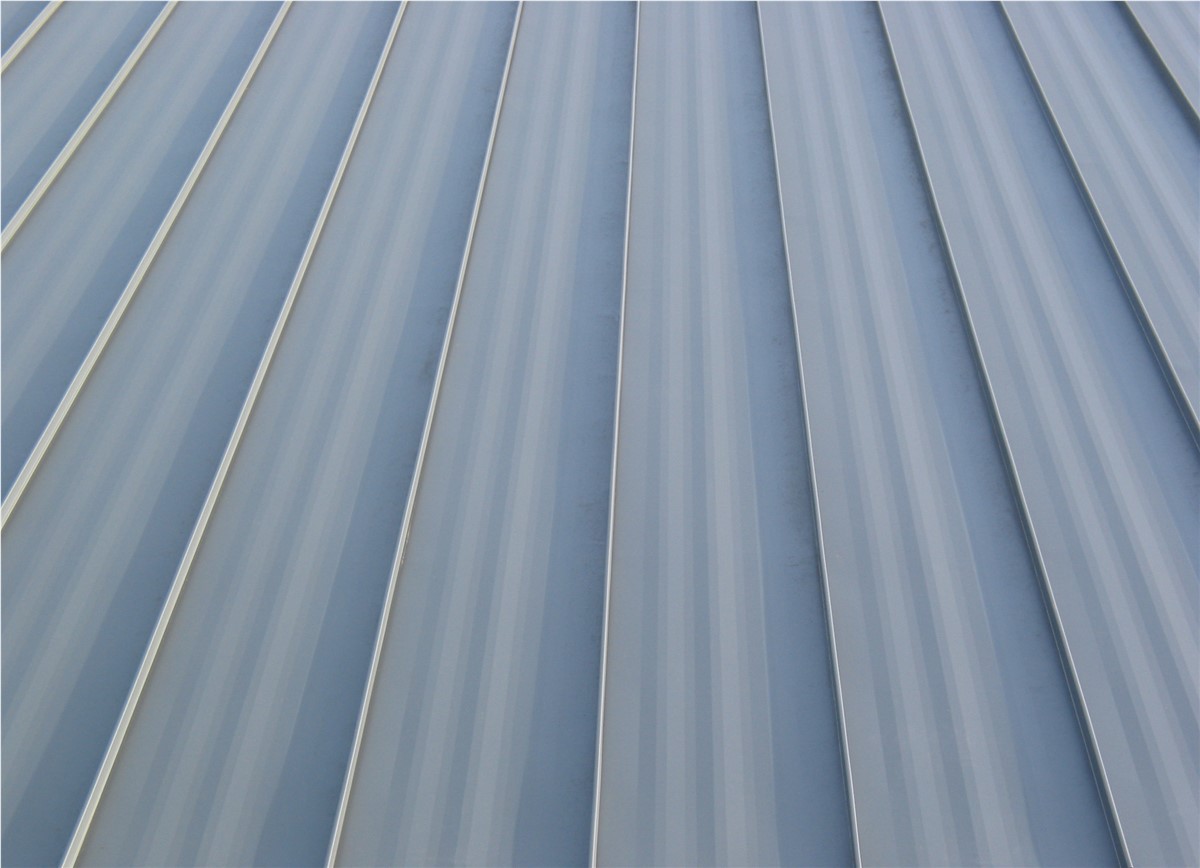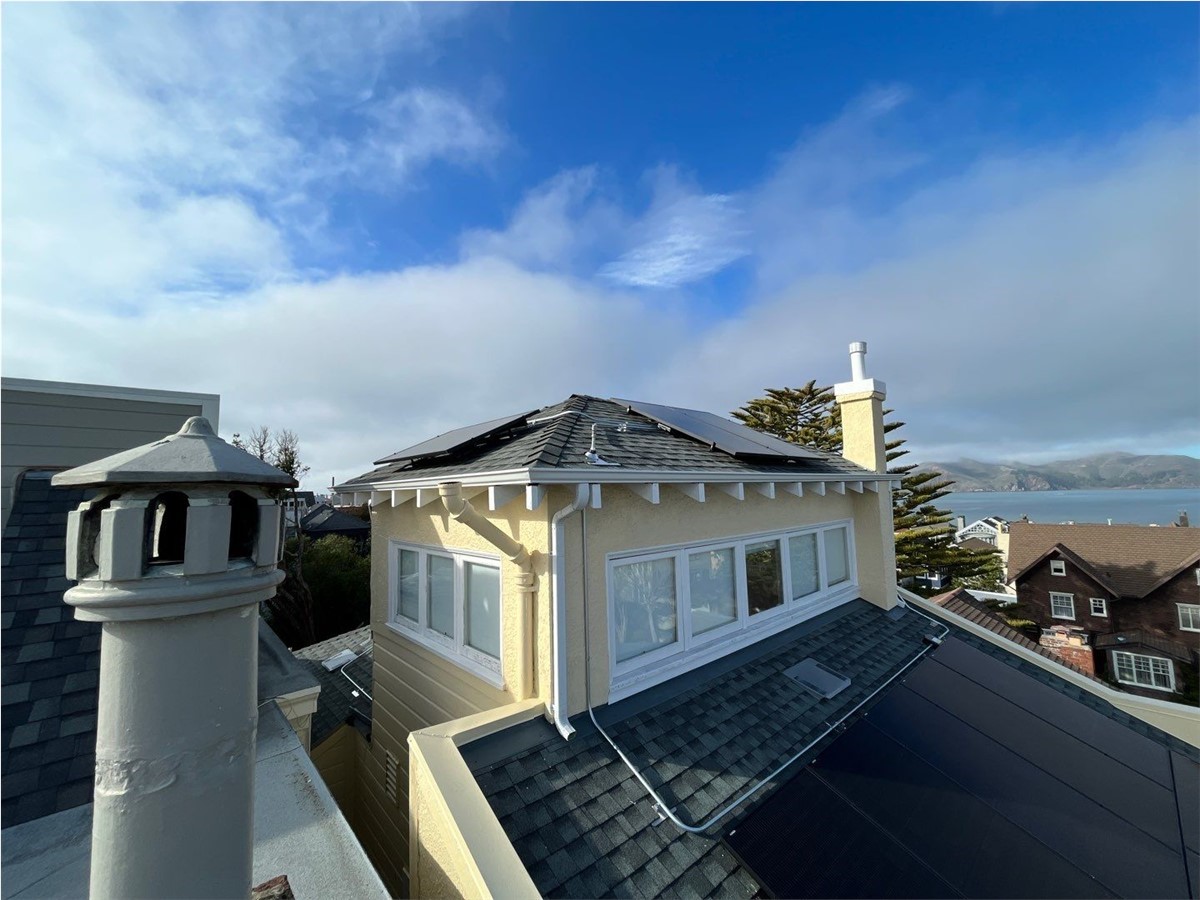 The problem with saltwater is all that salt. Californians have faced a lot of issues with adequate supplies of freshwater lately. Even though we’ve been able to stay on top of our water issues (thanks to an overly wet winter!), wouldn’t it be nice if we could use some of that massive quantity of salty water to the west of us? The problem with desalinating ocean water is that it is inefficient. At least that used to be the problem until last October, when researchers opened up a massive tomato farm in an Australian desert that is fueled by nothing but solar power and saltwater.
The problem with saltwater is all that salt. Californians have faced a lot of issues with adequate supplies of freshwater lately. Even though we’ve been able to stay on top of our water issues (thanks to an overly wet winter!), wouldn’t it be nice if we could use some of that massive quantity of salty water to the west of us? The problem with desalinating ocean water is that it is inefficient. At least that used to be the problem until last October, when researchers opened up a massive tomato farm in an Australian desert that is fueled by nothing but solar power and saltwater. Solar Power Is Changing How We Farm
 By Mansouraboud68 (Own work) [CC BY-SA 4.0 (http://creativecommons.org/licenses/by-sa/4.0)], via Wikimedia Commons South Australia’s Sundrop Farms is the first of its kind, producing 17,000 metric tons of tomatoes every year on an indoor farm in the desert, relying completely on renewable energy and saltwater. The international team that spent six years developing this strategy had the aim of producing crops without the fresh water, soil, or additional energy from an electrical grid that traditional farming requires. In short, they wanted to prove that renewable energy makes commercially-sized farming production possible, even in a wasteland. In 2014, the team opened up a 20-hectare greenhouse farm in Port Augusta, Australia, which draws seawater from nearby Spencer Gulf. The plant utilizes solar power to desalinate the water, providing potable hydration suitable for drinking and farming. As the tomatoes are grown in greenhouses, there is no need for pesticides. The plants are grown in coconut husks and even the air is sterilized, and the plants are efficiently weeded by hand. The farm uses renewable energy to provide heating and cooling for the facility, including protecting the tomatoes from the harsh summer temperatures, which sometimes can reach 118 degrees Fahrenheit! For now, the farm is still connected to the grid as a (yet unneeded) backup, but so far their power production has been sufficient for their needs. What’s the power source for this massive tomato farm? Rather than solar panels, they’ve created a field with 23,000 mirrors that reflect and focus the sun’s energy to a single tower containing a solar generator, which produces up to 39 megawatts of energy per day. This solar energy has been enough to desalinate 260,000 gallons of water daily. Traditional desalinators would require about 1,500 gallons of diesel per day for the same output.
By Mansouraboud68 (Own work) [CC BY-SA 4.0 (http://creativecommons.org/licenses/by-sa/4.0)], via Wikimedia Commons South Australia’s Sundrop Farms is the first of its kind, producing 17,000 metric tons of tomatoes every year on an indoor farm in the desert, relying completely on renewable energy and saltwater. The international team that spent six years developing this strategy had the aim of producing crops without the fresh water, soil, or additional energy from an electrical grid that traditional farming requires. In short, they wanted to prove that renewable energy makes commercially-sized farming production possible, even in a wasteland. In 2014, the team opened up a 20-hectare greenhouse farm in Port Augusta, Australia, which draws seawater from nearby Spencer Gulf. The plant utilizes solar power to desalinate the water, providing potable hydration suitable for drinking and farming. As the tomatoes are grown in greenhouses, there is no need for pesticides. The plants are grown in coconut husks and even the air is sterilized, and the plants are efficiently weeded by hand. The farm uses renewable energy to provide heating and cooling for the facility, including protecting the tomatoes from the harsh summer temperatures, which sometimes can reach 118 degrees Fahrenheit! For now, the farm is still connected to the grid as a (yet unneeded) backup, but so far their power production has been sufficient for their needs. What’s the power source for this massive tomato farm? Rather than solar panels, they’ve created a field with 23,000 mirrors that reflect and focus the sun’s energy to a single tower containing a solar generator, which produces up to 39 megawatts of energy per day. This solar energy has been enough to desalinate 260,000 gallons of water daily. Traditional desalinators would require about 1,500 gallons of diesel per day for the same output. We Could Learn Something From Australia
In a world that is now facing the realities of climate change and increased demand for food, we have to move toward sustainable farming practices such as those used by Sundrop Farms. Projects like this one might be expensive at first (estimated price tag is $200 million, though it is projected to be profitable), but they are paving the way for future agricultural practices. With examples like this to show us what’s possible with solar, the path forward is clear. %Mr. Roofing San Francisco’s residential & commercial roofing expertsTags
Subscribe to Mr. Roofing's Blog









Comments